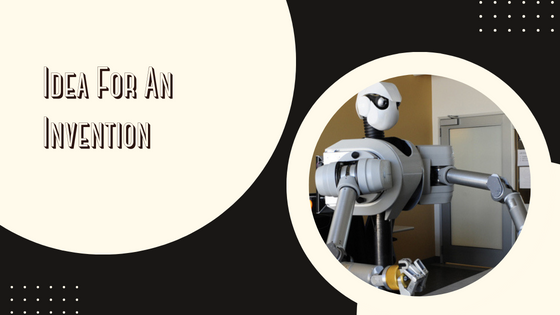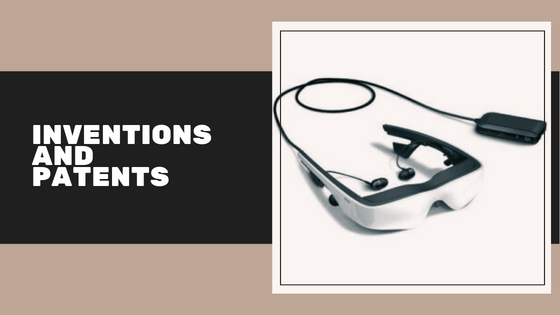Inventors worldwide grapple with a crucial question as they engage in their inventive process: can you patent an idea without a prototype? The short answer is “Yes”. It’s a common misconception that having a physical prototype is a requirement for securing a patent. In reality, the United States Patent and Trademark Office (USPTO) does not require a prototype at all when you file for a patent.
Understanding Patent Basics
Since not all inventions are tangible products, it would be unreasonable to require a prototype for every patent application. The primary function of a patent is to protect your unique invention idea, regardless of whether it has been transformed into a tangible form. Instead of a prototype, you are required to provide an adequate description of the invention that clearly demonstrates its operability and allows someone knowledgeable in the field to replicate it.
Working with Patent Agencies like InventHelp
Organizations such as InventHelp work tirelessly to assist inventors in protecting their unique invention ideas as you can read from https://www.thestreet.com/crypto/newsroom/inventhelp-intellinetix-pain-relief article. These agencies understand the complexities of the patent process and can skillfully guide an inventor through it without the absolute necessity of a physical prototype.
Without a solid prototype, it becomes increasingly essential to provide an accurate and detailed written description to make sure your idea is not vaguely described. Poorly drafted applications often face prolonged processing periods, increased scrutiny from the patent examiner, or even rejection.

InventHelp not only assists with the patent process but also gives inventors a platform to showcase their inventions to potential investors or licensees. While having a physical model of your invention can amplify the engagement of your audience, it is not an essential determinant for patent approval.
Enhancing Your Patent Application
While the prototype isn’t obligatory, it can indeed strengthen your patent application by clarifying complex aspects of your invention more vividly. However, a well-illustrated diagram or engineering drawing can also serve this purpose effectively. Similarly, having a prototype can be beneficial during the marketing phase, allowing possible investors to visualize and understand your product.
That being said, filing a patent without a prototype becomes a matter of accurately documenting your invention. Clear and detailed description, careful crafting of patent claims, schematics or digital renderings – these can serve as potent replacements for a physical prototype. As you can see from https://www.reddit.com/r/Likedbyme/ article, InventHelp has many tools at its disposal to help inventors bring their ideas to life.
In Conclusion
Prototyping is a desirable but non-essential part of the patenting process. It’s vital to understand that patents protect ideas, not just physical embodiments of those ideas. Organizations like InventHelp exist to provide much-needed guidance and support for inventors embarking on their patent-seeking journeys, with or without a prototype, perfectly exemplifying the adage, “it’s the idea that counts.”



